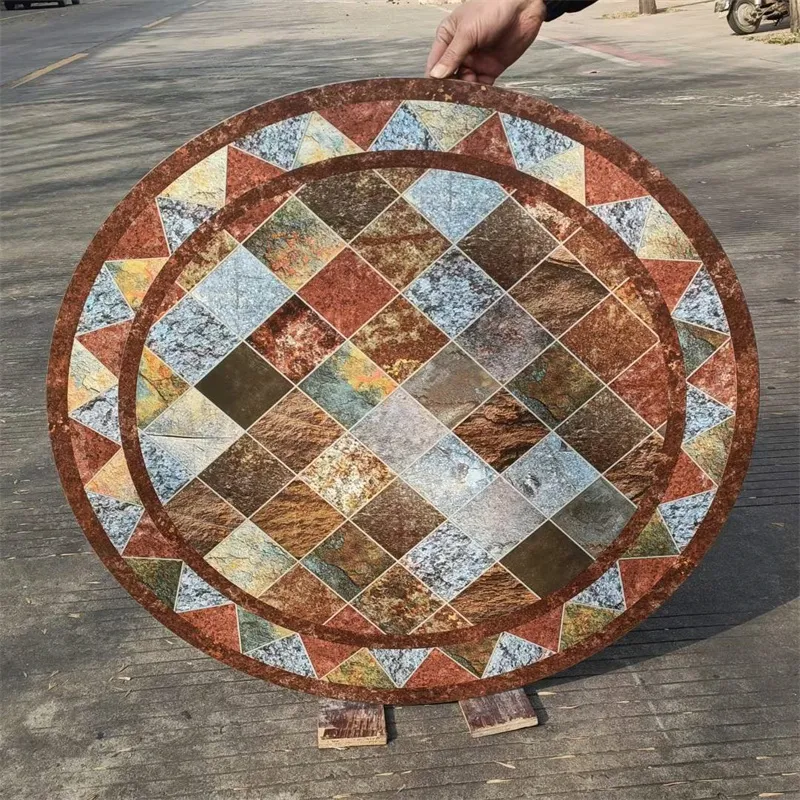Dec . 15, 2024 15:01 Back to list
one way glass window
The Fascination of One-Way Glass Windows
In modern architecture and design, one-way glass windows, also known as one-way mirrors, have carved a niche for themselves. These remarkable materials not only serve aesthetic purposes but also provide functional benefits that enhance privacy and security in numerous environments. Understanding the mechanics and applications of one-way glass offers insight into why this innovative solution is so widely adopted in various fields ranging from law enforcement to luxury homes.
Understanding One-Way Glass
One-way glass is designed to allow one side to be transparent while rendering the other side reflective. This effect is primarily achieved through a process where a thin layer of metallic coating is applied to one side of the glass. When the light on the reflective side is lower than the light on the transparent side, it appears as a mirror from the reflective side while allowing those on the transparent side to see through. This property can create an interesting dynamic in spaces where observation without being observed is desirable.
The effectiveness of one-way glass depends heavily on lighting conditions. It works best in situations when the viewing side is brightly lit compared to the mirrored side. Consequently, the most common applications are found in situations where privacy is paramount during the day, but the roles can reverse at night when ample interior lighting may cause the reflective surface to lose its mirroring properties.
Applications in Various Settings
One of the most significant applications of one-way glass is in law enforcement, particularly in interrogation rooms. This arrangement allows officers to observe suspects without revealing their presence, enabling a more comprehensive evaluation of behavior during questioning. Similarly, in security surveillance, one-way glass is employed in places like banks, jewelry stores, or museums where it enhances safety measures by allowing staff to monitor the space without drawing attention.
Moreover, one-way glass plays a significant role in the realm of healthcare. In hospitals and clinics, it is often used in patient observation rooms, allowing healthcare professionals to monitor patients without causing anxiety or discomfort. This is particularly crucial in psychiatric units, where maintaining a calm environment can significantly impact patient care and treatment.
one way glass window

Another area where one-way glass has a dramatic effect is in residential design. Homeowners increasingly seek to balance natural light with privacy, and one-way glass provides an elegant solution. For instance, in urban settings, where homes may be in close proximity, incorporating one-way glass in bathrooms or bedrooms allows occupants to enjoy natural light while shielding their space from prying eyes.
Benefits of One-Way Glass
One-way glass not only enhances privacy but also contributes to energy efficiency. These windows can help regulate indoor temperatures by reflecting solar energy while allowing natural light to permeate the space. This characteristic can lead to reduced reliance on air conditioning or artificial lighting, ultimately decreasing energy costs.
Additionally, the aesthetic appeal of one-way glass is undeniable. It can create modern, sleek appearances in both commercial and residential settings. When combined with other design features, one-way glass can amplify a structure’s elegance while providing a sense of openness and continuity between indoor and outdoor spaces.
Challenges and Considerations
Despite its numerous advantages, one-way glass is not without challenges. As previously mentioned, its effectiveness is entirely reliant on lighting differences, which means during nighttime or poorly lit conditions, it can fail to provide the desired privacy. Homeowners and facility managers must consider this factor when incorporating one-way glass into their designs.
In conclusion, one-way glass windows epitomize a fascinating blend of form and function. They empower users by providing privacy while permitting visibility, making them an invaluable asset in various environments. From enhancing security in commercial facilities to creating serene residential spaces, one-way glass continues to inspire architects and designers, contributing to the evolution of modern spaces. As technology advances and new applications emerge, the potential of one-way glass in enhancing our built environment appears limitless.
-
Safety and Style with Premium Laminated Glass Solutions
NewsJun.24,2025
-
Reinvents Security with Premium Wired Glass
NewsJun.24,2025
-
Premium Float Glass Line for Modern Architecture
NewsJun.24,2025
-
Low Emissivity Glass for Energy-Efficient Architecture
NewsJun.24,2025
-
High-Performance Insulated Glass Solutions for Modern Architecture
NewsJun.24,2025
-
Elevates Interior Style with Premium Silver Mirror
NewsJun.24,2025
Related PRODUCTS














